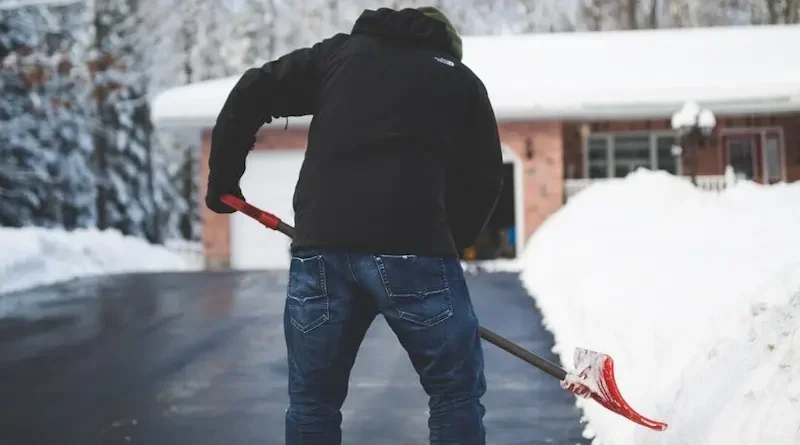Prevent Slips: Smarter Methods for De-Icing Outdoor Areas
Winter can turn beautiful landscapes into slippery hazards. Icy walkways, driveways, and steps pose significant risks for slips and falls, especially for children and the elderly.
Understanding effective de-icing methods is essential for keeping outdoor areas safe and accessible. Implementing smart practices not only protects your loved ones but also minimizes liability for property owners. Keep on reading to learn more.
Why Choose Effective De-Icing Methods?
Using appropriate de-icing methods can significantly reduce the risk of winter accidents. According to recent statistics, falls due to ice lead to thousands of injuries each year, many resulting in long-term repercussions. By prioritizing outdoor safety through effective ice management, you are proactively safeguarding yourself and others from potentially severe injuries.
Various de-icing agents are available in the market, but not all are equally effective or environmentally friendly. The choice of de-icer should depend on factors like temperature range, surface materials, and the potential impact on nearby vegetation and wildlife. Consider these factors as you explore your options for ice prevention.
Popular Methods of De-Icing
Keeping outdoor areas safe in icy weather is very important. Using the right de-icing method can help prevent slips and accidents.
Rock Salt
Rock salt is the most common way to melt ice. It lowers the freezing point of water, so ice melts faster. But it can hurt plants and damage concrete if used too much. You can also try specialized Ice Melting Salt if you want some efficient results.
Calcium Chloride
Calcium chloride works better in very cold weather than rock salt. It makes heat when it dissolves, which helps ice melt quickly. This makes it good for fast results on icy surfaces.
Potassium Chloride
Potassium chloride is safer for plants than other salts. It works best if used before ice forms. It helps prevent ice rather than removing thick layers.
Sand
Sand does not melt ice at all. But it adds grip to slippery areas. Using sand with other methods makes surfaces safer.
Homemade Solutions
Simple mixes like vinegar and water can melt light ice. Soap and water can also help in small areas. These are easy, cheap options for mild icing.
Smart Practices for De-Icing
Adopting smarter practices can make your de-icing efforts much more effective. Regularly checking high-risk areas helps prevent major ice buildup, and applying de-icers before a storm ensures maximum impact. After using de-icing products, adding sand provides extra traction on slippery surfaces.
It’s also important to educate family members or staff about outdoor winter safety. For the best results, consider your local climate and the unique features of your property when selecting de-icing methods.
Invest in Safety This Winter for De-Icing Outdoor Areas
Knowing and using the best de-icing methods can make your outdoor areas much safer when it is icy. It is not just about getting rid of ice; it is about keeping everyone safe. Using the right methods and paying attention regularly helps you enjoy winter safely. If you need help or want good products, you can ask local experts. They can give advice and solutions that fit your needs, keeping your property safe all winter.

